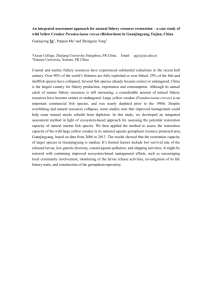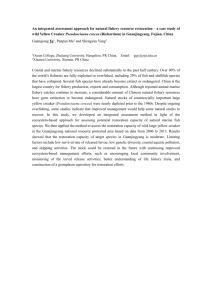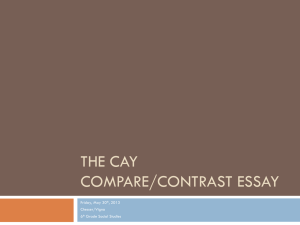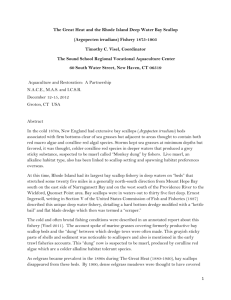Frequently asked questions [MS Word Document
advertisement
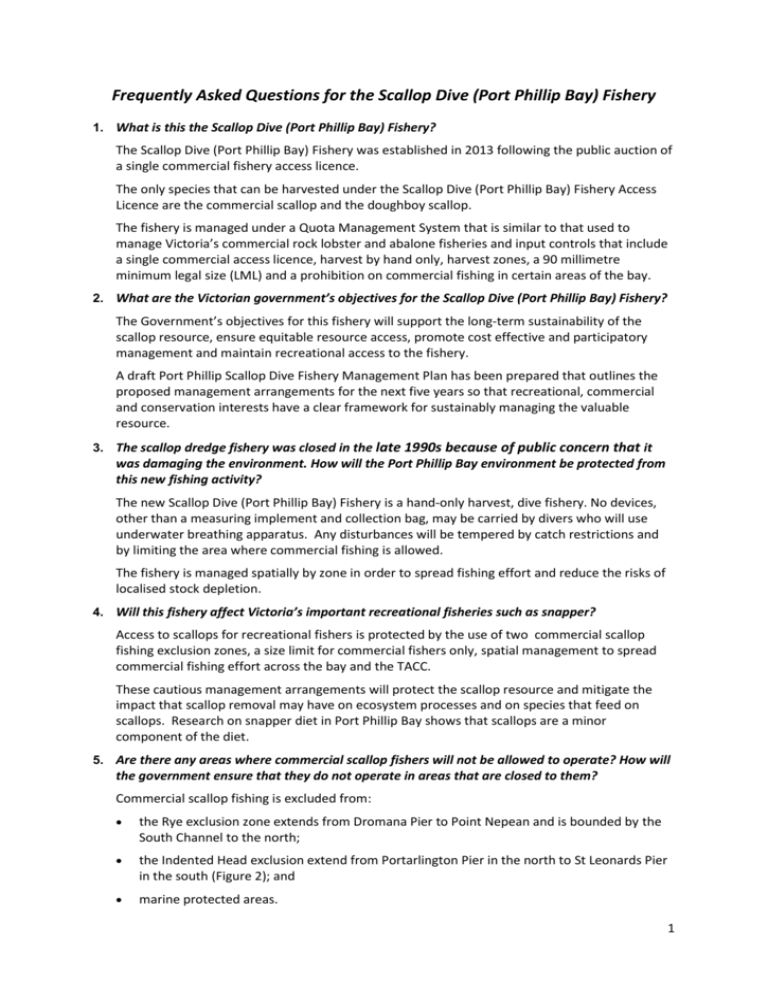
Frequently Asked Questions for the Scallop Dive (Port Phillip Bay) Fishery 1. What is this the Scallop Dive (Port Phillip Bay) Fishery? The Scallop Dive (Port Phillip Bay) Fishery was established in 2013 following the public auction of a single commercial fishery access licence. The only species that can be harvested under the Scallop Dive (Port Phillip Bay) Fishery Access Licence are the commercial scallop and the doughboy scallop. The fishery is managed under a Quota Management System that is similar to that used to manage Victoria’s commercial rock lobster and abalone fisheries and input controls that include a single commercial access licence, harvest by hand only, harvest zones, a 90 millimetre minimum legal size (LML) and a prohibition on commercial fishing in certain areas of the bay. 2. What are the Victorian government’s objectives for the Scallop Dive (Port Phillip Bay) Fishery? The Government’s objectives for this fishery will support the long-term sustainability of the scallop resource, ensure equitable resource access, promote cost effective and participatory management and maintain recreational access to the fishery. A draft Port Phillip Scallop Dive Fishery Management Plan has been prepared that outlines the proposed management arrangements for the next five years so that recreational, commercial and conservation interests have a clear framework for sustainably managing the valuable resource. 3. The scallop dredge fishery was closed in the late 1990s because of public concern that it was damaging the environment. How will the Port Phillip Bay environment be protected from this new fishing activity? The new Scallop Dive (Port Phillip Bay) Fishery is a hand-only harvest, dive fishery. No devices, other than a measuring implement and collection bag, may be carried by divers who will use underwater breathing apparatus. Any disturbances will be tempered by catch restrictions and by limiting the area where commercial fishing is allowed. The fishery is managed spatially by zone in order to spread fishing effort and reduce the risks of localised stock depletion. 4. Will this fishery affect Victoria’s important recreational fisheries such as snapper? Access to scallops for recreational fishers is protected by the use of two commercial scallop fishing exclusion zones, a size limit for commercial fishers only, spatial management to spread commercial fishing effort across the bay and the TACC. These cautious management arrangements will protect the scallop resource and mitigate the impact that scallop removal may have on ecosystem processes and on species that feed on scallops. Research on snapper diet in Port Phillip Bay shows that scallops are a minor component of the diet. 5. Are there any areas where commercial scallop fishers will not be allowed to operate? How will the government ensure that they do not operate in areas that are closed to them? Commercial scallop fishing is excluded from: the Rye exclusion zone extends from Dromana Pier to Point Nepean and is bounded by the South Channel to the north; the Indented Head exclusion extend from Portarlington Pier in the north to St Leonards Pier in the south (Figure 2); and marine protected areas. 1 The Fisheries Regulations 2009 require that operating vessel monitoring systems, which include an automatic location communicator, be installed on any boat that is being used under the Scallop Dive (Port Phillip Bay) Fishery Access Licence. Such devices effectively broadcast the location of the vessel in Port Phillip Bay. Figure 1. Scallop Dive (Port Phillip Bay) Fishery spatial management zones created for the purpose of spreading commercial fishing effort. Figure 2. Recreational scallop fishing-only areas in Port Phillip Bay. NB: The holder of the Scallop Dive (Port Phillip Bay) Fishery Access Licence is prohibited from harvesting or possessing commercial fishing equipment in these areas. Recreational fishers continue to be allowed to fish throughout Port Phillip Bay except for marine protected areas or other closed areas. 2
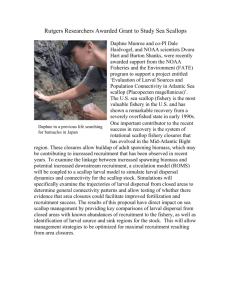

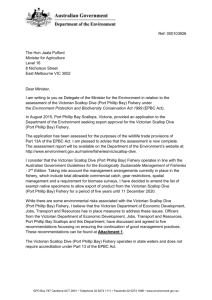
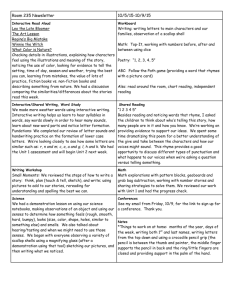

![Grant Leeworthy [MS Word Document - 50.7 KB]](http://s3.studylib.net/store/data/007002772_1-f275b758694356a4e4b3a9c2d34623cf-300x300.png)
